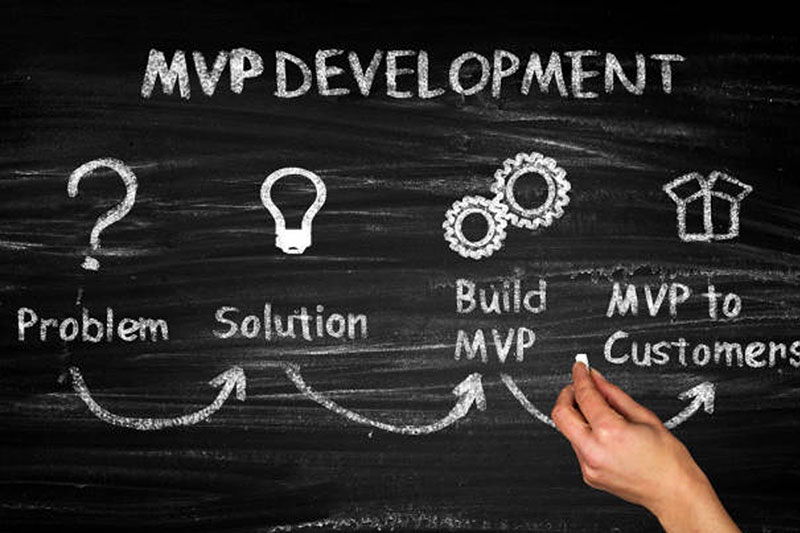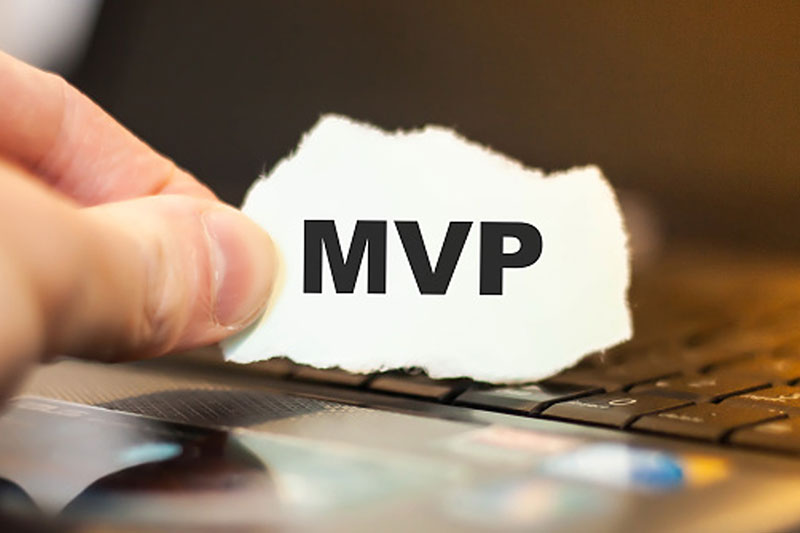Find MVP Development Companies Near You
MVP stands for "minimum viable product", think of your MVP development as the most basic example of what you are planning to do. An MVP is typically released with very limited features in order to get feedback from early users and to avoid wasting time and money on developing a product that nobody wants or needs. The MVPs one can develop range from web applications, smartphone apps, SaaS systems to physical devices / products. In each case, if you are planning to launch a new software, app or service, you can benefit greatly from engaging with an experienced MVP development company.Three easy ways to find the MVP Development company you are looking for:
- Select the area on the map below where you are looking for a MVP Development company.
- Click the region to show the MVP Development companies located there: Northern Ireland, Scotland, North East England, North West England, Yorkshire Humber, Wales, West Midlands, East Midlands, East England, South East England and London, South West England UK.
- Click the state to show the MVP Development companies located there: Alabama, Alaska, Arizona, Arkansas, California, Colorado, Connecticut, Delaware, District of Columbia, Florida, Georgia, Hawaii, Idaho, Illinois, Indiana, Iowa, Kansas, Kentucky, Louisiana, Maine, Maryland, Massachusetts, Michigan, Minnesota, Mississippi, Missouri, Montana, Nebraska, Nevada, New Hampshire, New Jersey, New Mexico, New York, North Carolina, North Dakota, Ohio, Oklahoma, Oregon, Pennsylvania, Rhode Island, South Carolina, South Dakota, Tennessee, Texas, Utah, Vermont, Virginia, Washington, West Virginia, Wisconsin, Wyoming USA.
- Enter your postcode to find the closest MVP Development companies to you:
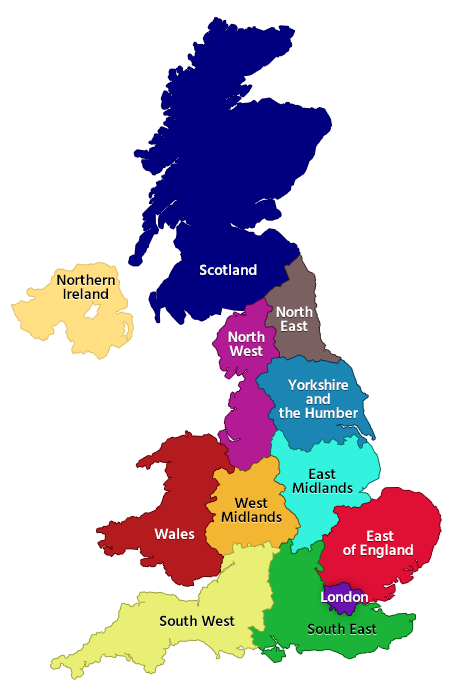
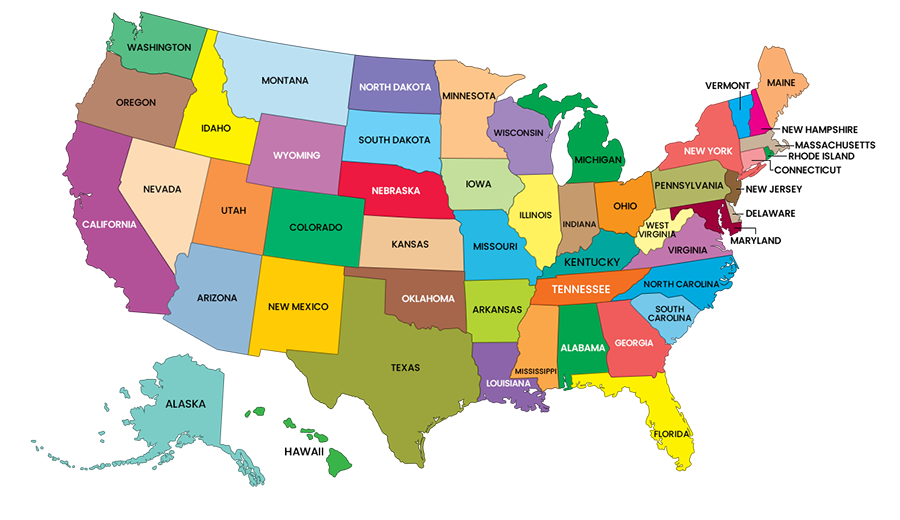
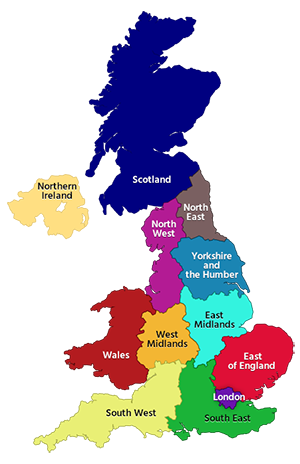
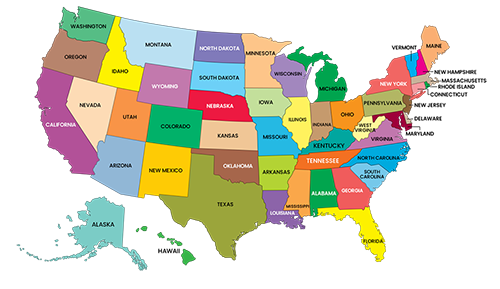
The MVP development process described above can be applied to all types of products, but there are some specific considerations that need to be taken into account when developing an MVP for a website or app. When creating an MVP for a website or app, it is important to focus on the essential features that are needed to solve the customer's problem. Too often, developers try to include too many features in the MVP, which can lead to delays in getting it released and feedback from users. The MVP should be simple enough that people can understand it and use it without any instruction.
Once the MVP is released, it is important to collect data on how people are using it. This data can be used to make decisions about which features to keep and which ones to remove. It can also help to determine what marketing strategies are most effective in reaching the target market. Another MVP development consideration when working on a website or app is scalability. The MVP should be built in such a way that it can easily handle growth in traffic without sacrificing speed or performance. This means that the MVP needs to have enough servers to handle peak demand, and that server-side code has to be efficient enough to keep up with people connecting to the MVP.
Coming from years of experience in building MVPs for startups, there routinely appear to be three distinct types of MVP developers:
1. The Solo Developer
This is the classic 'one-man-band' and is often the cheapest option when it comes to MVP development. However, as you might expect, this also means that you'll have to wear many hats and be responsible for everything from design to coding to marketing. This can be a great way to learn all aspects of the business, but can also lead to frustration if things don't go as planned.
2. The Development Team
Forming a development team gives you access to more resources (both human and financial) and allows you to outsource specific tasks, such as design or coding, while still retaining control over the overall project. This can be a great way to get your MVP off the ground quickly, but make sure you take the time to find the right team members - someone who is both competent and trustworthy.
3. The MVP Development Company
Hiring an MVP development company can be a great option if you're looking for a more hands-off approach. These companies have years of experience in building MVPs and will have a team of experts who can help guide you through the process. They'll also be able to provide valuable insights into whether your idea is feasible and how to go about turning it into a reality.
No matter which route you choose, it's important to remember that goal of MVP development is to validate your idea as quickly and as cheaply as possible. So, be prepared to make changes along the way and don't be afraid to pivot if it looks like your original idea isn't going to work.
An MVP for an app will also need offline capabilities. For example, if someone is developing an MVP for an internet radio station, they will need to make sure people are able to listen even if their connection goes down or they are out of range of cell towers. If the MVP could not maintain its service during these conditions, it would not be a viable product. The bottom line is that there's no one-size-fits-all answer when it comes to MVP development. It's important to choose the option that best suits your individual needs and make sure you have a clear understanding of what's involved in each approach.
The MVP development process is an important tool for ensuring that products are developed in a way that meets customer needs and is scalable. By focusing on the essential features and taking into account the specific considerations for websites and apps, developers can create an MVP that is ready for a full launch.
I hope you are feeling inspired to get started on your own MVP!
Search for providers of a different custom software developer services: API Integrations Development, SaaS Software Development, Systems Integration, Legacy Software Integration, IoT Services, Business Intelligence, Blockchain Development companies in the UK and USA.
Perform a wider search for providers of other custom software developer services in the UK and USA.

